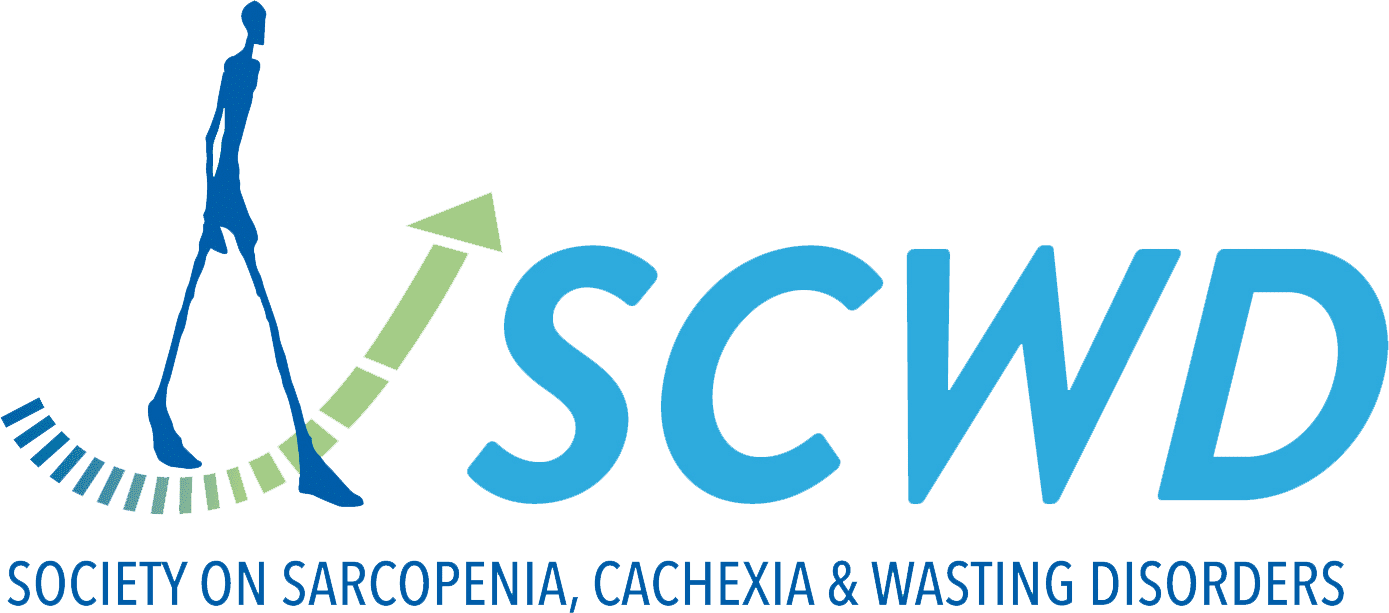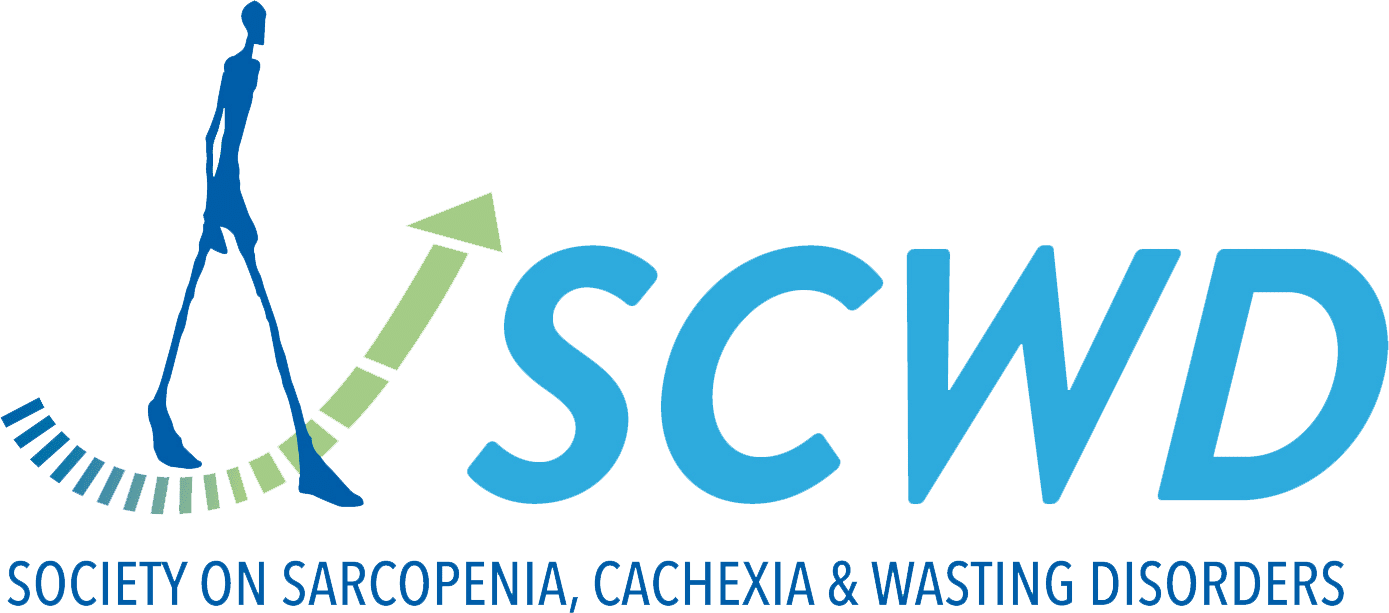Voluntary Activity Wheel Running Improves Hyperammonaemia-Induced Skeletal Muscle Molecular and Metabolic Perturbations in Mice.
Voluntary exercise improves clinical outcomes in healthy subjects, but increased muscle ammoniagenesis may limit beneficial responses during hyperammonaemia in chronic diseases. Responses to 4-weeks voluntary wheel running (VWR) were compared with usual activity (UA) to determine if hyperammonaemia alters VWR responses and if VWR alters muscle responses to hyperammonaemia.
Eight- to 10-week-old male C57BL/6J mice were treated with 6 weeks of subcutaneous infusion of 2.5 mmol kg -1 day -1 ammonium acetate (AmAc) or vehicle (PBS) via an osmotic pump. Two weeks after the start of infusion, mice were assigned to the intervention (VWR or UA).
Wheel runs were measured, and weekly average rotations, distance, and circadian patterns were analysed. Indirect calorimetry was performed pre- and post-intervention.
Mice were euthanized 4 weeks after the start of VWR/UA, and organs (including muscles) were harvested, weighed, and muscle histomorphometry performed for fibre diameter/type. Protein synthesis by ex vivo puromycin incorporation, autophagy markers, expression of signalling proteins (mTORC1 pathway, eukaryotic initiation factor-2-α phosphorylation), and ammonia disposal enzymes were quantified by immunoblots.
Mitochondrial oxidative function was measured by high-sensitivity respirofluorometry using substrate, uncoupler, inhibitor, and titration protocols. Fluorometric assays were done for ammonia measurements.
Gastrocnemius muscle mass (p < 0.01), muscle fibre area (p < 0.01), and grip strength were lower in AmAc-UA than in PBS-UA mice and higher with VWR than UA in AmAc mice (p < 0.001). Expression of electron transport chain proteins and some components of mitochondrial oxidative function were less (p < 0.05 or less) in AmAc-UA than PBS-UA, and these perturbations were reversed in the AmAc-VWR mice (p < 0.05 or less).
Global muscle protein synthesis (p < 0.05) and components of the mTORC1 pathway expression (p < 0.05) were higher, while myostatin expression was lower with VWR than UA in AmAc mice (p < 0.05). Expression of autophagy markers P62 and LC3-II was not different with VWR or UA in AmAc mice, while Beclin1 was higher in VWR compared with UA, regardless of treatment group (p < 0.001).
Expression of muscle ammonia disposal pathway enzymes, including glutamate dehydrogenase and pyrroline-5-carboxylate synthase, was higher (p ≤ 0.05) in AmAc-UA versus PBS-UA and increased in only PBS-VWR mice (p < 0.05). VWR reverses hyperammonaemia-induced sarcopenia, protein synthesis/autophagy signalling perturbations, and mitochondrial oxidative dysfunction.
Muscle mass, grip strength, signalling, and mitochondrial responses to VWR were not affected by hyperammonaemia. Increased expression of enzymes involved in the ammonia disposal pathway in skeletal muscle may be an adaptive response to hyperammonaemia.
These data provide the rationale for exercise programmes in chronic diseases, including cirrhosis, even with hyperammonaemia.


